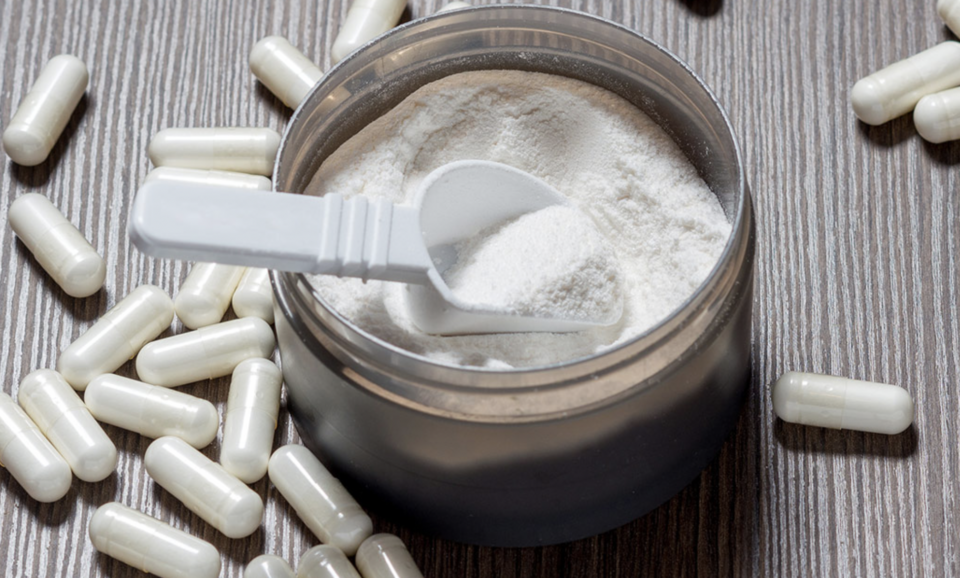This guide provides comprehensive insights into D-aspartic acid (DAA), focusing on its role in normal testosterone production in males, the benefits of supplementation, considerations for usage, potential side effects, and recommended dosage.
D-aspartic acid (DAA) is an amino acid and the enantiomer of L-aspartic acid (LAA), present in the human body and various foods, albeit in smaller amounts than its counterpart. Recent interest in DAA supplementation stems from its potential to enhance athletic performance by influencing the production of male sex hormones and growth factors.
While DAA can elevate the production of hormones like testosterone, growth hormone (GH), and insulin-like growth factor 1 (IGF-1), it’s essential to note that the effects differ from anabolic steroid-like results. DAA does enhance endogenous hormone production but does not reach supraphysiological levels induced by anabolic steroids.
The production of testosterone, GH, and IGF-1 in males is intricately regulated by a feedback system involving the hypothalamus, pituitary gland, liver, and testes. DAA seems to act on the hypothalamus, stimulating the secretion of gonadotropin-releasing hormone (GnRH) and growth hormone-releasing hormone (GHRH), ultimately influencing testosterone, GH, and IGF-1 production.
Although many animal studies support the physiological role of DAA, human studies remain limited. Anecdotal evidence suggests positive effects, but further research is necessary, considering factors like age, endocrine health, and training status may influence individual responses.
Benefits of DAA supplementation in males include the elevation of physiological levels of testosterone, GH, and IGF-1, with potential positive impacts on athletic and sexual performance. It may also increase thyroid hormone production, contributing to a higher metabolic rate.
Possible side effects of DAA supplementation include increased dihydrotestosterone (DHT) and estrogen levels, potentially leading to hair loss, acne, bloating, gynecomastia, and changes in libido. However, these side effects are generally less severe than those associated with anabolic steroids or prohormones.
Consideration for using DAA depends on factors such as age, gender, and existing hormone levels. Males over 21 with low-to-normal testosterone levels seeking a natural route to enhance hormone production may benefit from DAA. However, it’s crucial to consult with a licensed medical professional to monitor testosterone levels.
Individuals, especially females, under 21, with elevated testosterone levels, excess DHT or estrogen, or dealing with hyperthyroidism should avoid DAA use.
For optimal results, DAA supplementation should be cycled, with a 2-3 week “on” period followed by 1-2 weeks “off.” The recommended daily dose ranges from 3 to 20 grams, with most individuals experiencing positive effects with 5-10 grams per day. It is advised to start with lower doses and assess tolerance and results before adjusting.

